Home>Garden Essentials>What Does The Inside Of A Persimmon Seed Mean
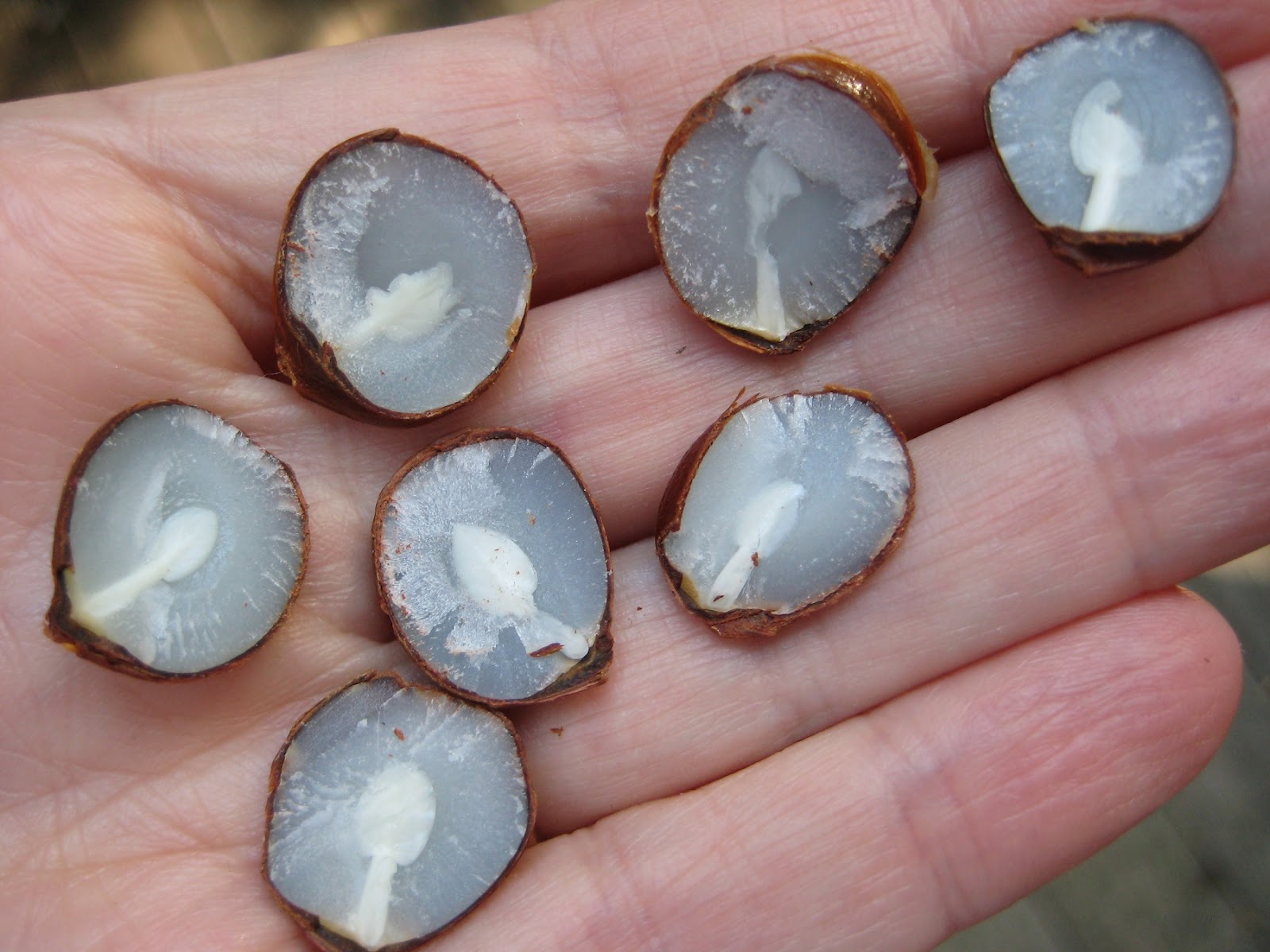

Garden Essentials
What Does The Inside Of A Persimmon Seed Mean
Modified: March 16, 2024
Discover the secret meaning behind the inside of a persimmon seed in your garden and unlock the mysteries of nature. Unveil the hidden symbolism now!
(Many of the links in this article redirect to a specific reviewed product. Your purchase of these products through affiliate links helps to generate commission for Storables.com, at no extra cost. Learn more)
Introduction
Welcome to the wonderful world of persimmons! These delicious fruits can bring a burst of sweetness to your taste buds, but did you know that they also hold a hidden secret within their seeds? Inside each persimmon seed lies a fascinating symbol that has captured the curiosity of many garden enthusiasts. In this article, we will explore the meaning behind the inside of a persimmon seed and delve into the superstitions and beliefs associated with this intriguing natural marvel.
But before we uncover the mystery within, let’s first take a closer look at what exactly a persimmon seed is.
Key Takeaways:
- The shape and color of a persimmon seed can predict winter weather, with a spoon shape and white color indicating a mild, snowy winter, and a fork shape and brown color suggesting a cold, dry winter.
- Persimmon seeds hold superstitions and beliefs, with traditions of predicting future events, making wishes, and carrying seeds for good luck. They symbolize abundance, fertility, and spiritual significance in nature.
Read more: What Does Heirloom Seeds Mean
What is a Persimmon Seed?
A persimmon seed is the small, hard, and oval-shaped seed that is found within the flesh of a persimmon fruit. Persimmons are a type of fruit that originates from East Asia and are now widely cultivated across different parts of the world. They come in various shapes, sizes, and colors, with the most common varieties being the Fuyu and Hachiya persimmons.
When you cut open a ripe persimmon, you will find a gelatinous and sweet flesh that is a delight to eat. But hidden within this tasty treat lies a seed that holds a special significance.
The persimmon seed is surrounded by a protective coat that is hard and brittle. Its exterior is usually a dark brown or black color, depending on the variety of the persimmon. As you crack open the seed, you will discover the inner part, which is divided into two distinct sections.
Now that we have a better understanding of what a persimmon seed is, let’s uncover the meaning behind the inside of this intriguing seed.
The Meaning Behind the Inside of a Persimmon Seed
The inside of a persimmon seed reveals more than just a mere glimpse of the fruit’s anatomy. It is said to hold a secret that can provide insights into the upcoming winter weather conditions.
Interpreting the shape and color of the inside of a persimmon seed has become a popular tradition among gardeners and nature enthusiasts. While not based on scientific evidence, the belief is that the seed can predict whether the winter will be mild or harsh.
In terms of the shape, there are two possible outcomes when you cut open a persimmon seed:
- If the inside resembles a silver spoon, it is believed to indicate a mild winter ahead. A silver spoon shape suggests that the winter will be accompanied by ample snowfall but with overall warmer temperatures.
- On the other hand, if the inside looks like a fork, it is said to signify a cold and harsh winter. The fork shape suggests that snowfall will be sparse, but temperatures are expected to be much colder throughout the season.
While the shape of the inside holds significance, so does the color. When examining the color of the inner sections, you can come across two possibilities:
- If the inner sections of the seed are white, it is believed to foretell a snowy winter. The abundance of white is thought to represent the presence of snowflakes during the winter months.
- Alternatively, if the inner sections are brown, it is believed to indicate a drier winter with less snow. Brown is associated with a lack of snowfall and suggests that the winter will be comparatively mild with less precipitation.
It’s important to note that these interpretations are based on folklore and should be taken with a grain of salt. While it may be a fun tradition to participate in, it is always wise to rely on more reliable weather forecasts when planning for the winter season.
Now, let’s dive into the superstitions and beliefs associated with persimmon seeds and how they have been ingrained in culture.
Interpreting the Shape of the Inside
The shape of the inside of a persimmon seed is believed to hold clues about the upcoming winter weather. By examining the shape, gardeners and nature enthusiasts have tried to predict whether the winter will be mild or harsh.
One interpretation is that if the inside of the persimmon seed resembles a silver spoon, it indicates a mild winter ahead. The spoon shape suggests that the winter will be accompanied by ample snowfall but with overall warmer temperatures. This prediction gives hope to those who prefer milder winters and enjoy the beauty of a snowy landscape.
On the other hand, if the inside of the persimmon seed looks like a fork, it is believed to signify a cold and harsh winter. The fork shape suggests that snowfall will be sparse, but temperatures are expected to be much colder throughout the season. This prediction may be disheartening for those who dislike the bitter cold, but it serves as a reminder to prepare for the challenges that a harsh winter may bring.
It’s important to note that while this tradition is fascinating, it is based on folklore rather than scientific evidence. The shape of a persimmon seed will not provide a definitive forecast for the winter weather. However, it adds a touch of intrigue and wonder to the experience of enjoying these delightful fruits.
So, the next time you cut open a persimmon and find yourself deciphering the shape of the inside, remember that it is all in good fun and not a foolproof way to predict the weather. Enjoy the enchantment of this tradition and embrace the surprises that each winter season brings.
Now, let’s move on to unraveling the meaning behind the color of the inside of a persimmon seed.
The inside of a persimmon seed can predict the winter weather. A spoon shape means heavy, wet snow, a fork shape means a mild winter, and a knife shape means cold, cutting winds.
Interpreting the Color of the Inside
When examining a persimmon seed, not only is the shape significant, but the color of the inside also carries meaning. Understanding the color can provide additional insights into the predicted winter weather.
If the inner sections of the seed are predominantly white, it is believed to be a sign of a snowy winter ahead. The abundance of white suggests that snowflakes will grace the winter months, creating a wintery wonderland. This prediction often brings joy to those who eagerly anticipate snowball fights, building snowmen, and enjoying winter sports.
Alternatively, if the inner sections of the seed are brown, it is believed to indicate a drier winter with less snow. Brown is associated with a lack of snowfall and suggests that the winter will be comparatively mild with less precipitation. This prediction may disappoint snow enthusiasts but might be welcomed by those who prefer a milder, less snowy winter.
It is important to remember that interpreting the color of a persimmon seed, like the shape, is based on folklore rather than scientific evidence. While it is fascinating to partake in these traditions and make predictions based on the color, it is always prudent to rely on more accurate weather forecasts from meteorological sources for planning and preparation.
So, the next time you slice open a persimmon and discover the color of the inside, have fun interpreting its meaning. Embrace the folklore and the joy of participating in this timeless tradition.
Now, let’s explore the superstitions and beliefs that have arisen around persimmon seeds throughout history.
Read more: What Does It Mean To Stratify Seeds
Superstitions and Beliefs Associated with Persimmon Seeds
Throughout history, persimmon seeds have garnered their fair share of superstitions and beliefs. These intriguing traditions have been passed down through generations, adding an air of mystique to the humble persimmon seed.
In some cultures, the shape and color of the inside of a persimmon seed are considered a form of divination for predicting future events. For example, in addition to predicting winter weather, it is believed that a fork-shaped inside can indicate a challenging period ahead, while a spoon-shaped inside may symbolize good fortune and prosperity.
Some superstitions suggest that if you hold a persimmon seed tightly in your hand and make a wish, then split the seed without looking at it, your wish will come true. This act of wish-making adds an element of magic and hope, allowing individuals to believe in the power of their desires.
Interestingly, in certain cultures, it is believed that carrying a persimmon seed with you can bring good luck and protection. The seed is seen as a symbol of abundance, fertility, and positive energy. Whether kept in a pocket, wallet, or worn as jewelry, carrying a persimmon seed is believed to attract prosperity and ward off negative energies.
Moreover, in some regions, the persimmon tree itself holds spiritual significance. It is considered a sacred tree associated with rebirth, transformation, and the cycle of life. The vibrant orange fruit is seen as a representation of the sun or divine energy, while the seed within signifies growth and new beginnings.
While these superstitions and beliefs may not have a scientific basis, they reflect the deep connection that humans have with nature and their desire to find meaning and guidance in the world around them. By honoring these traditions, individuals can experience a sense of wonder and engage in a dialogue with the natural world.
As we conclude our exploration of the superstitions and beliefs associated with persimmon seeds, remember to approach these customs with an open mind and a sense of curiosity. Embrace the rich cultural heritage and celebrate the intricate beauty that envelops this tiny seed.
Finally, let’s wrap up this article with a few concluding thoughts.
Conclusion
The inside of a persimmon seed holds more than just the potential for a new tree to grow. It captivates our imagination, inspires traditions, and ignites a sense of wonder. From predicting winter weather to embodying spiritual symbolism, the persimmon seed has become a fascinating element in garden lore.
While the interpretations of the shape and color of the inside of a persimmon seed may be rooted in folklore rather than scientific evidence, they add an element of intrigue and magic to our interactions with nature. These traditions allow us to connect with the natural world in a meaningful way, sparking conversations and fostering a deeper appreciation for the cycles of life.
Whether you embrace the superstitions and beliefs surrounding persimmon seeds or simply enjoy the pleasure of cracking open a persimmon and savoring its delicious flesh, these fruits and their seeds offer a delightful experience.
As gardeners and nature enthusiasts, we should approach these traditions with an open mind, balancing our curiosity with a rational understanding of weather forecasting. While the shape and color of a persimmon seed may not accurately predict the future, they remind us of the wonder and mystery that nature holds.
So, the next time you bite into a juicy persimmon or marvel at the hidden secrets within a persimmon seed, take a moment to reflect on the beauty and complexity of the natural world. Embrace the traditions that have been passed down through generations and find joy in the rituals and folklore that enrich our lives.
In conclusion, the inside of a persimmon seed offers us a glimpse into our connection with nature, our beliefs, and our desire to find meaning in the world around us. Let us cherish these traditions and celebrate the wonders that plants and fruits bring to our lives.
Frequently Asked Questions about What Does The Inside Of A Persimmon Seed Mean
Was this page helpful?
At Storables.com, we guarantee accurate and reliable information. Our content, validated by Expert Board Contributors, is crafted following stringent Editorial Policies. We're committed to providing you with well-researched, expert-backed insights for all your informational needs.
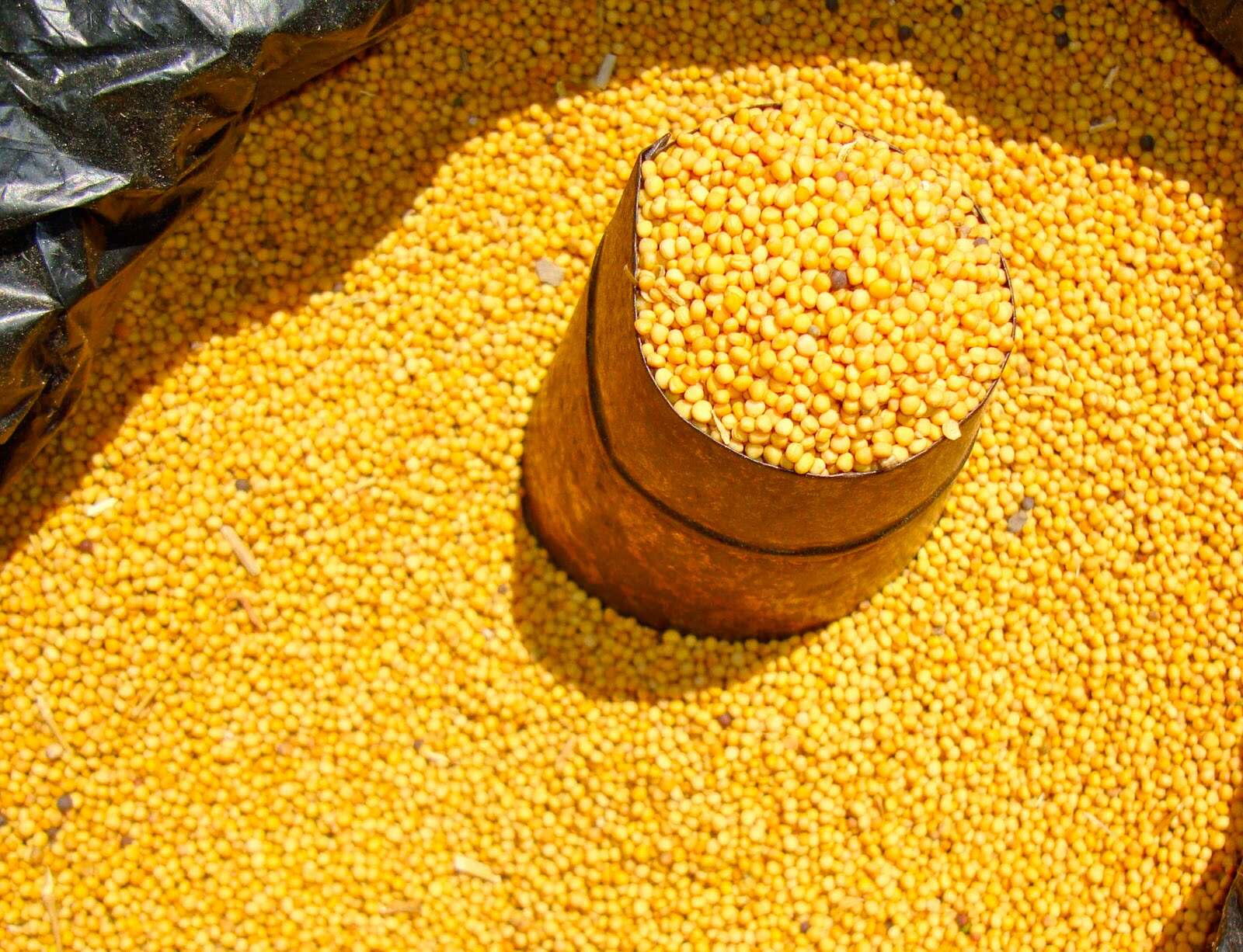
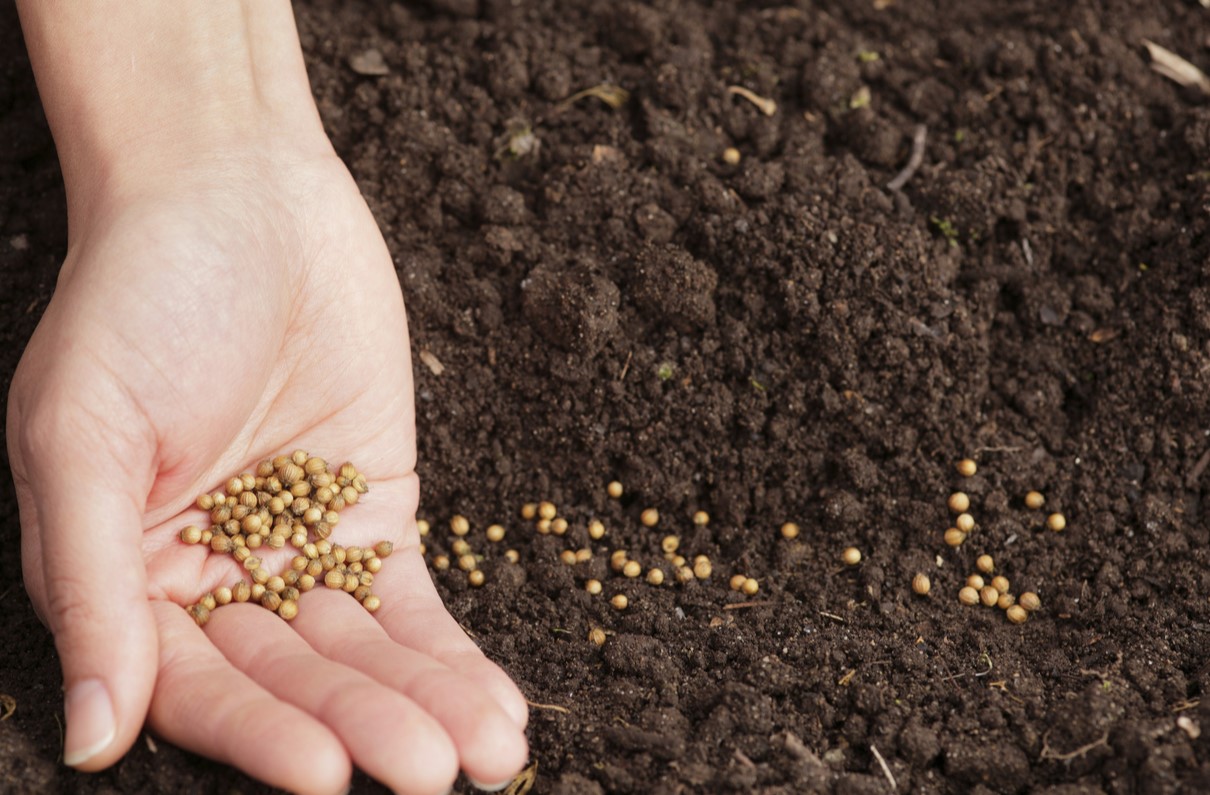
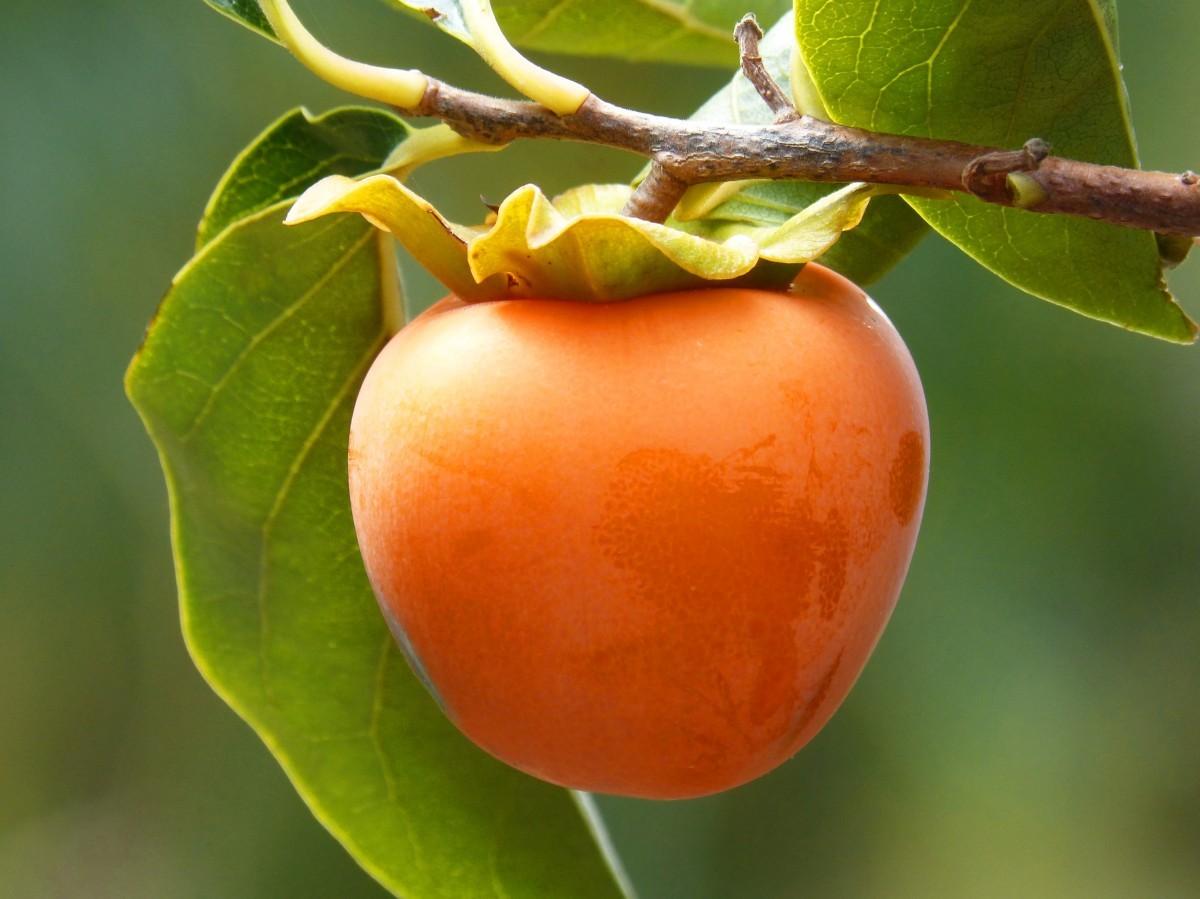
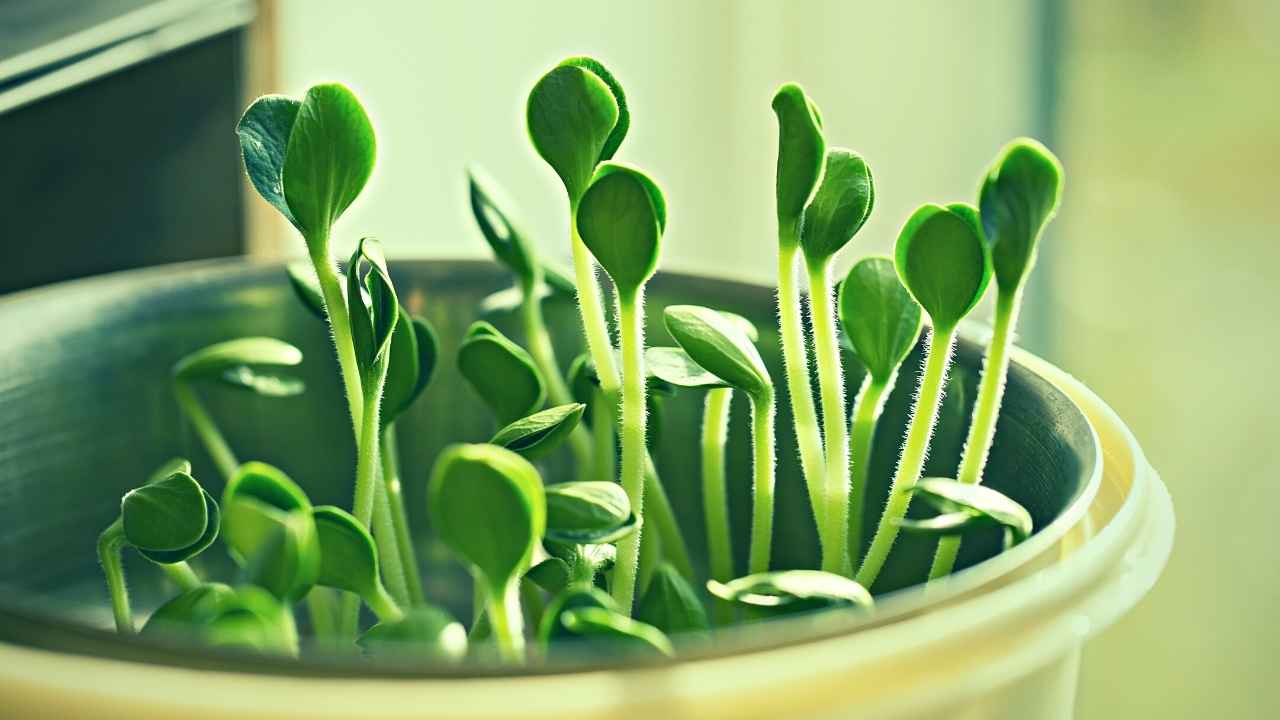
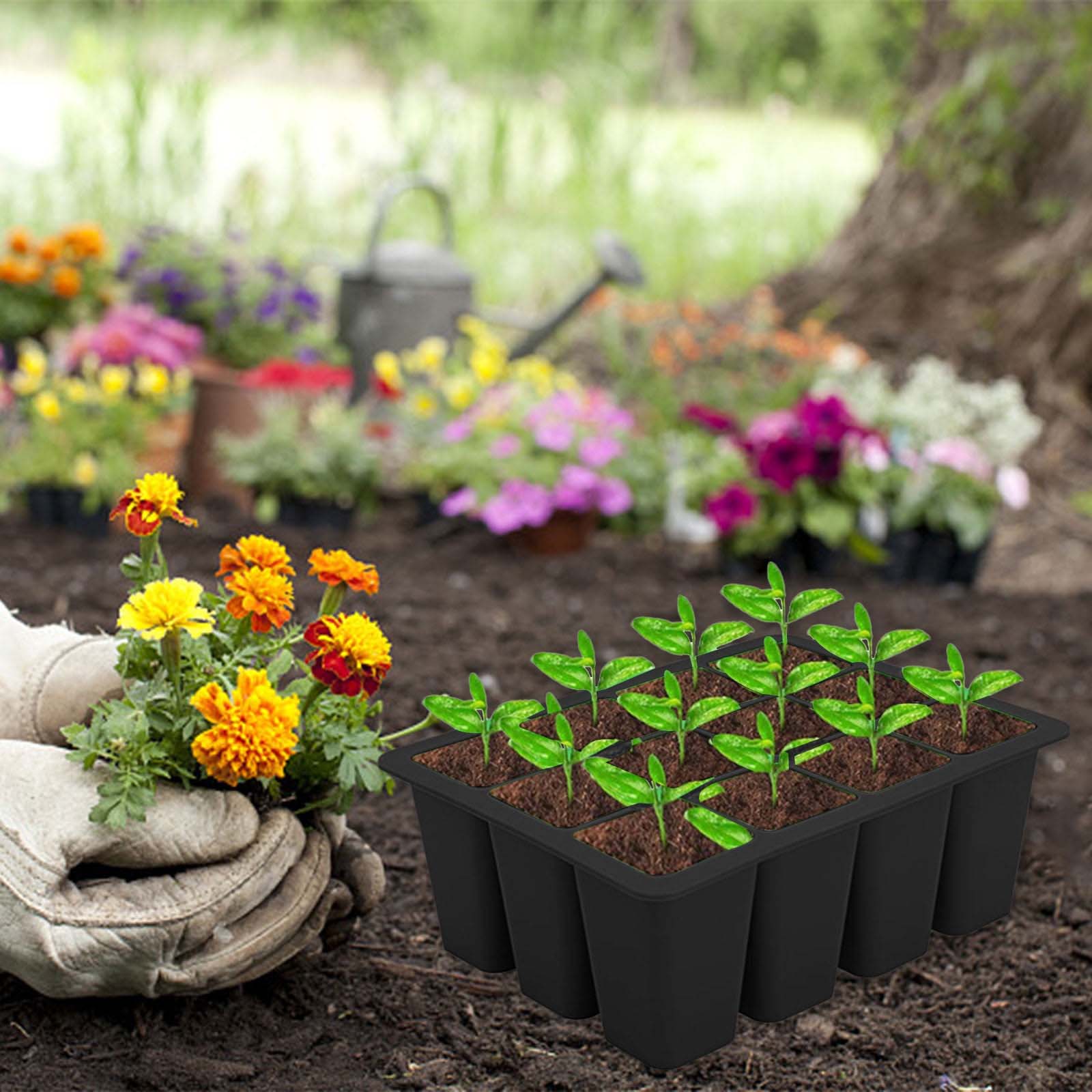
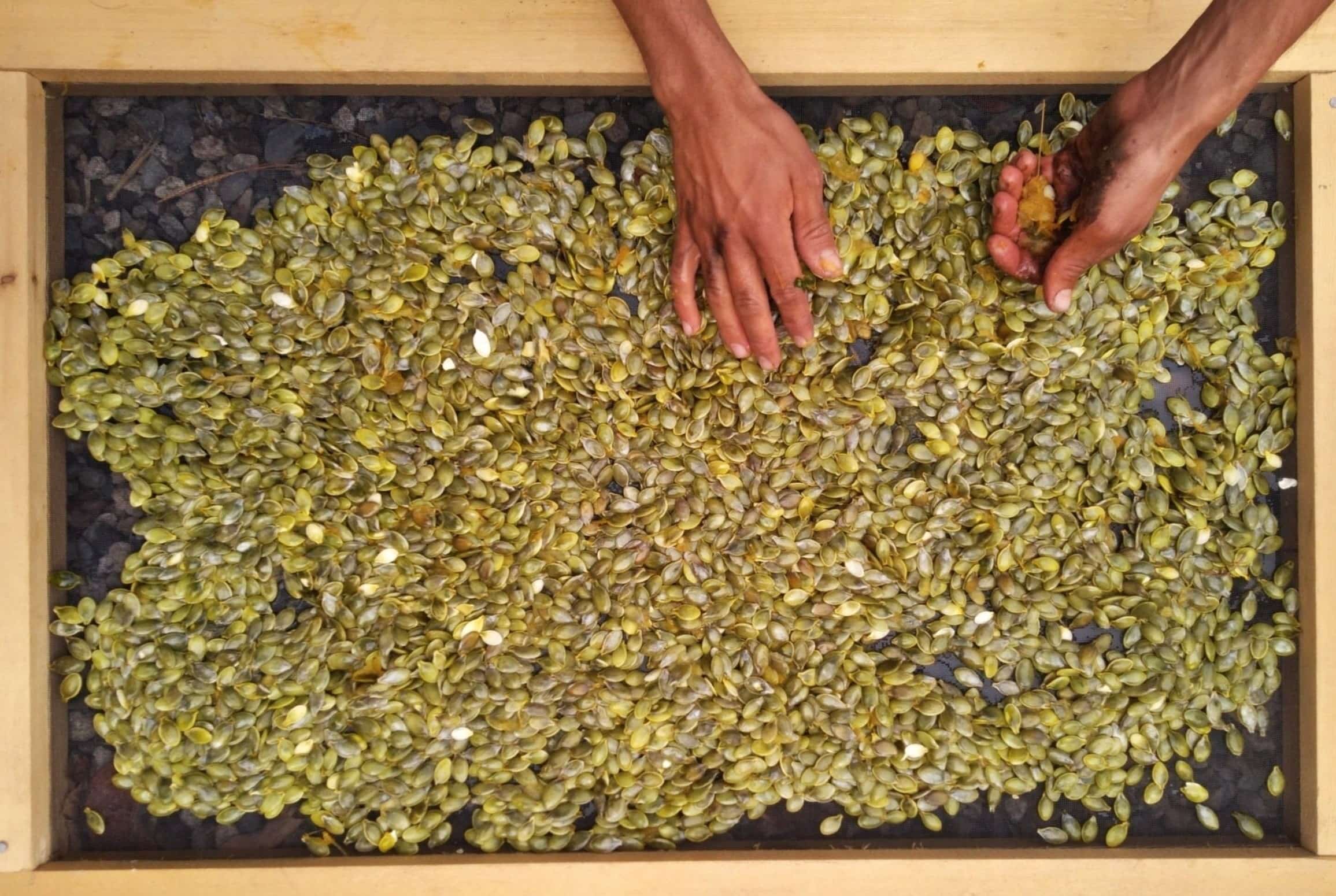
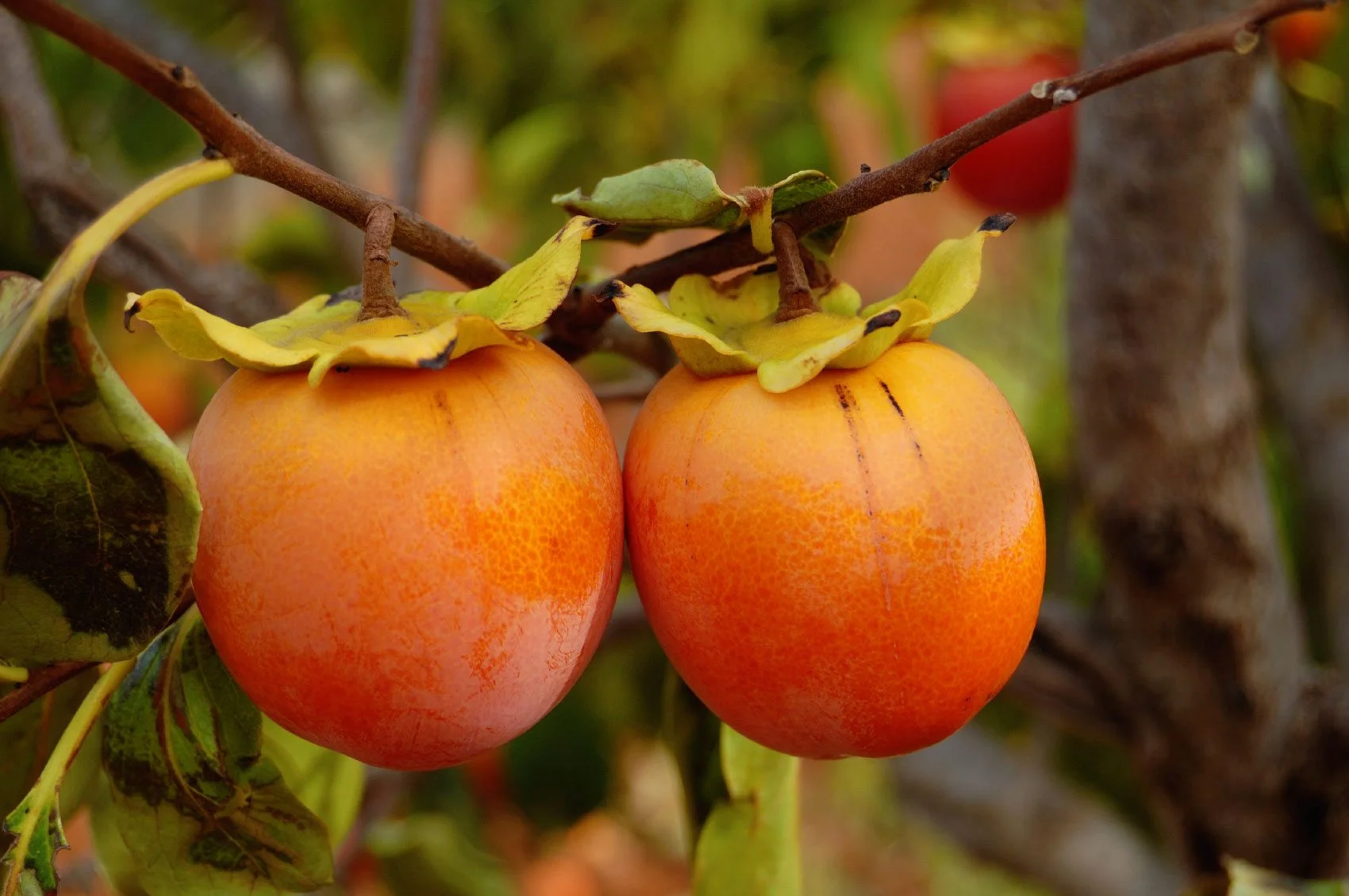
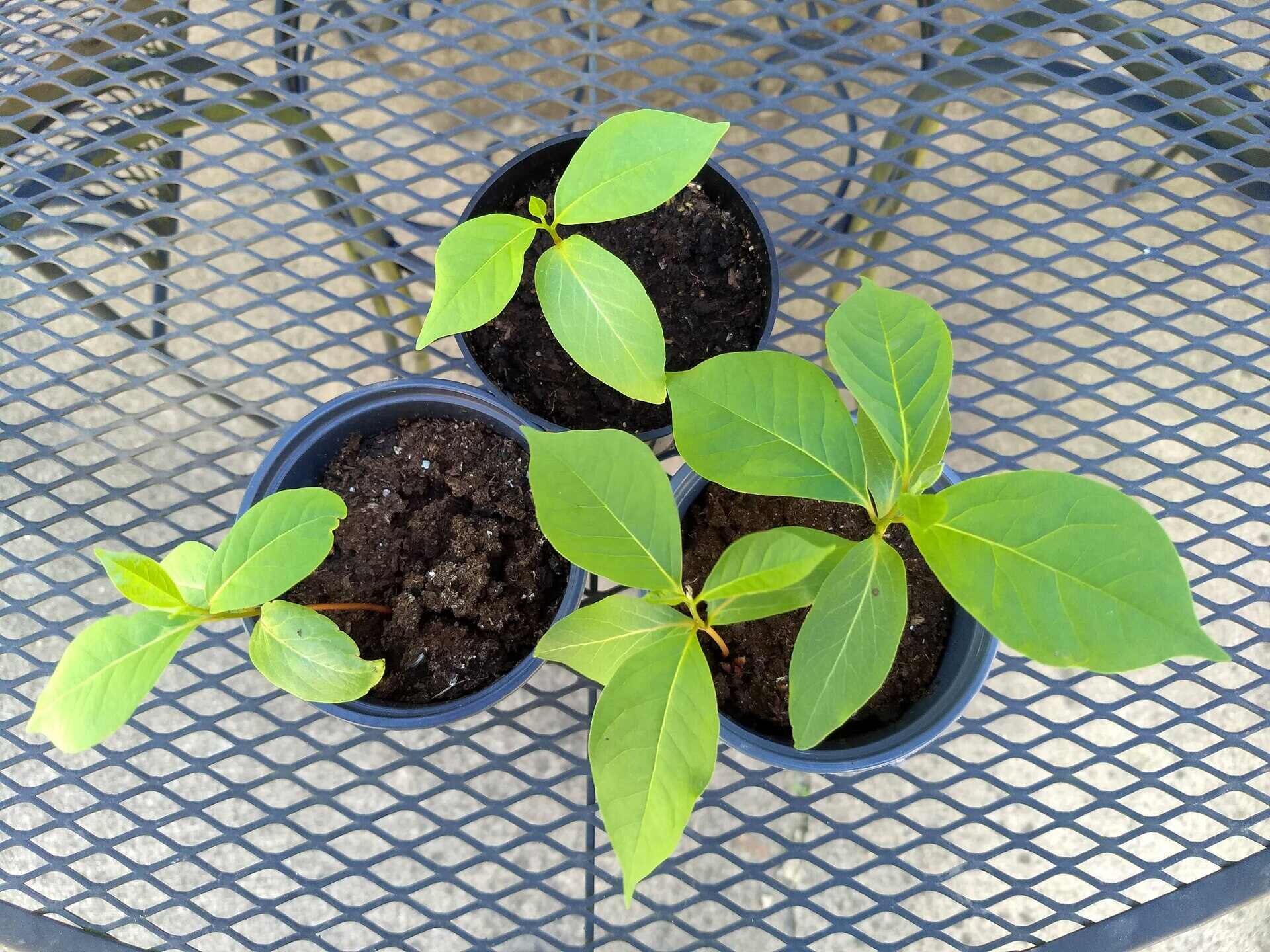
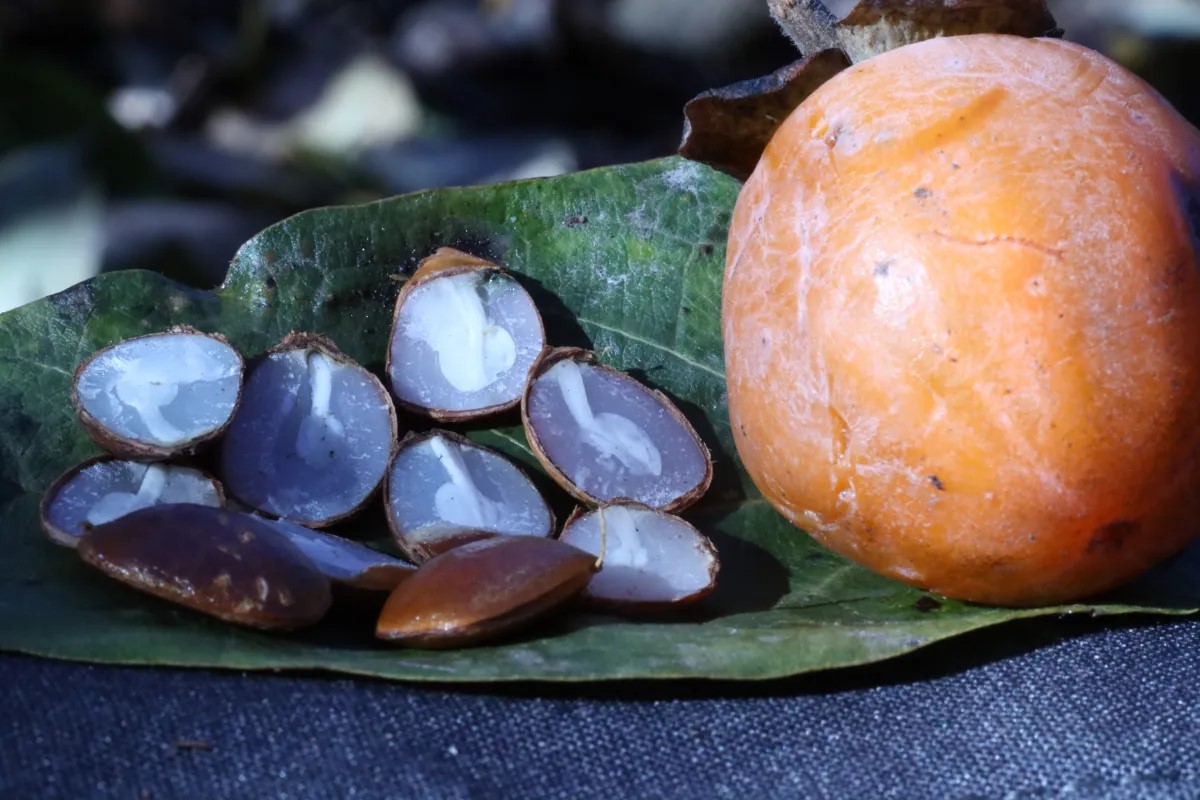
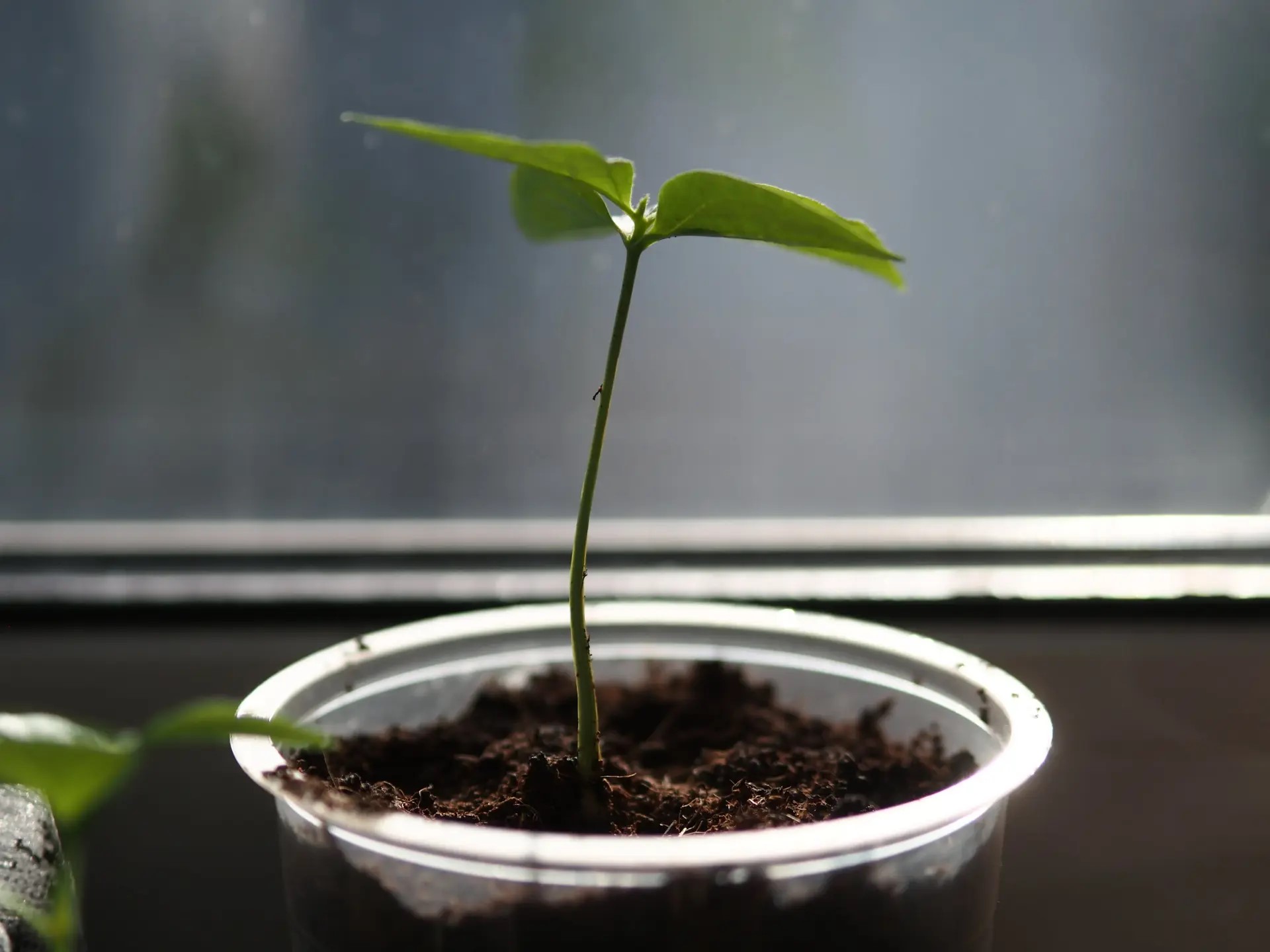
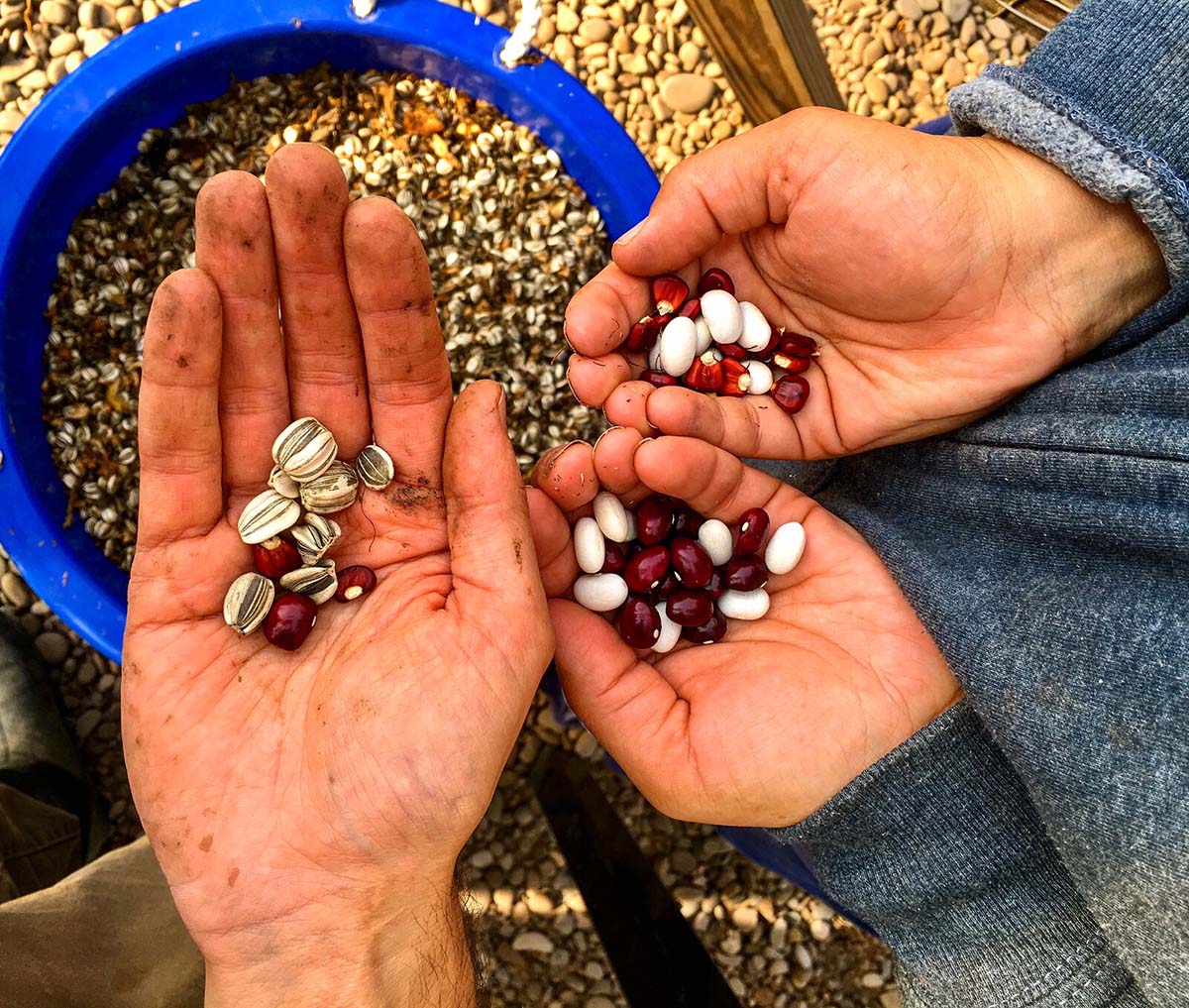
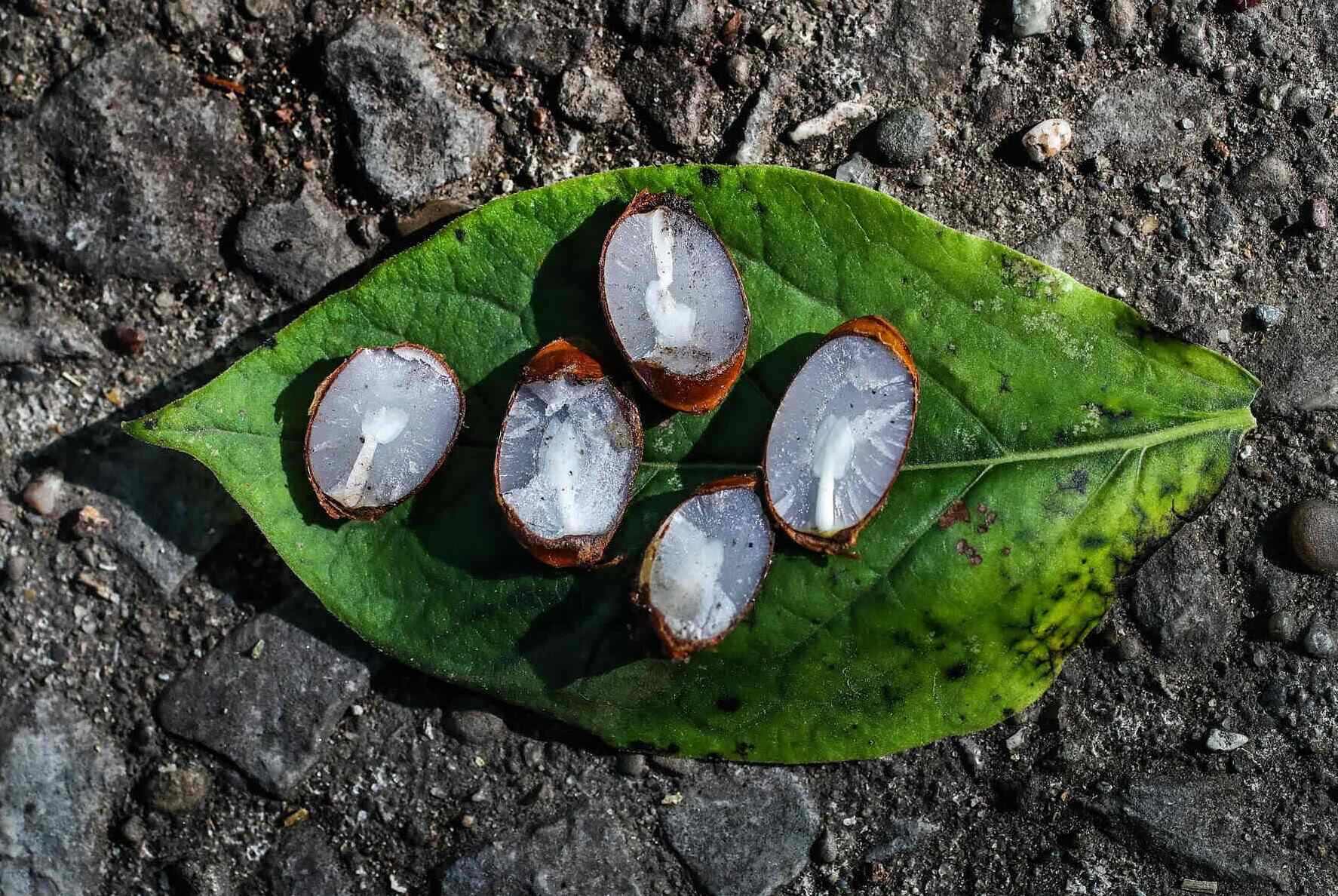
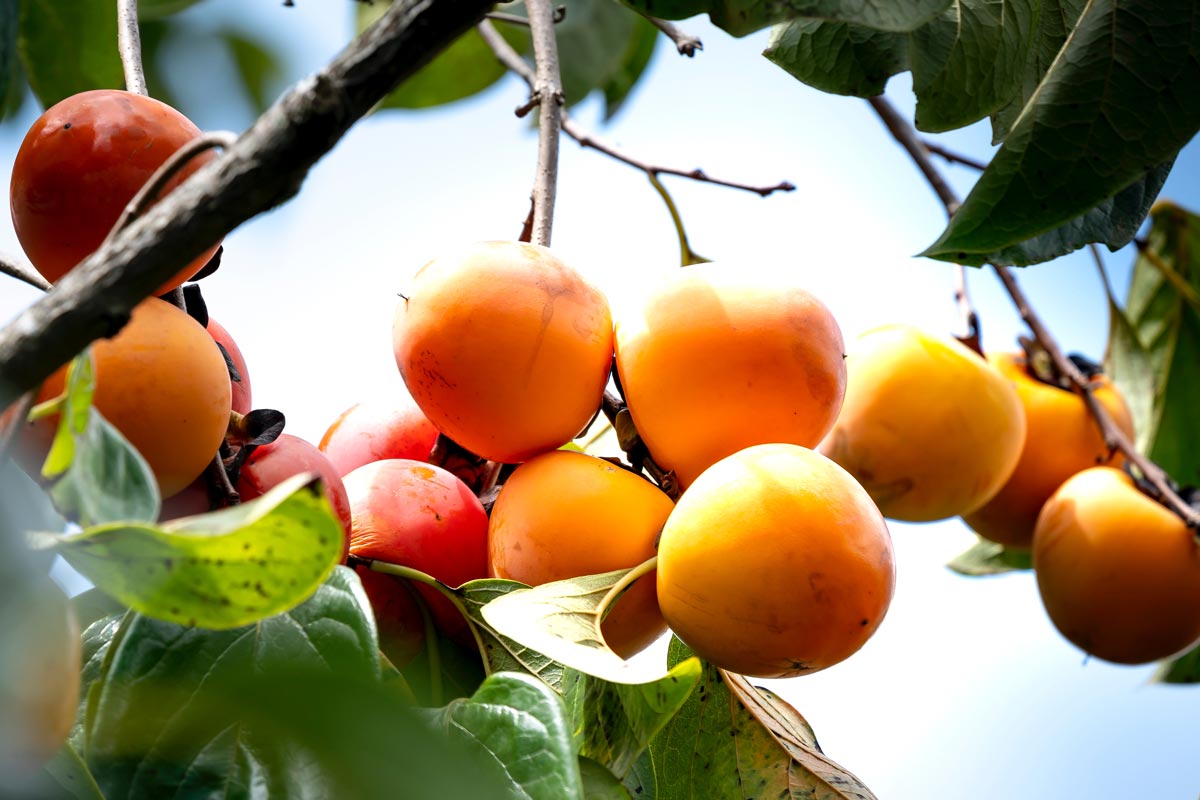


0 thoughts on “What Does The Inside Of A Persimmon Seed Mean”